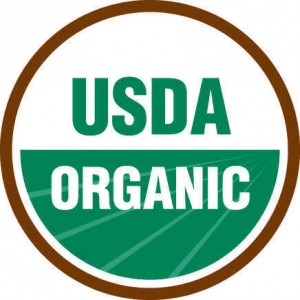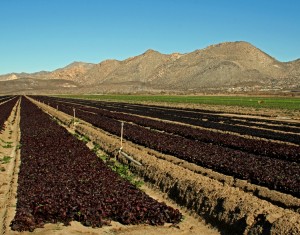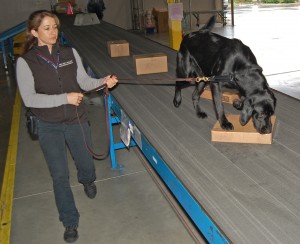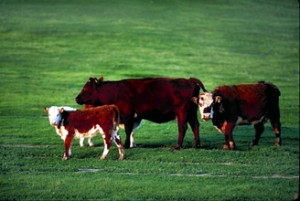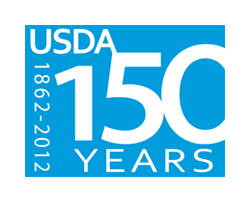http://www.thepacker.com/fruit-vegetable-news/California-growers-back-mandatory-cantaloupe-food-safety-151781935.html
In the wake of a listeria outbreak linked to cantaloupes from another state, the California Cantaloupe Advisory Board is establishing the state’s first mandatory food safety program implemented by a commodity board.
The group is also expanding its territory statewide.
“Imperial Valley growers have not been part of the board before,” John Gilstrap, California Cantaloupe Advisory Board manager, said May 16. The previous order was limited to fruit grown north and west of San Gorgonio Pass in Riverside County.
About 65 ballots went to handlers. More than 70% were returned, Gilstrap said, with unanimous approval of the food safety program.
“They’re still working on the actual details,” he said. “A guidance document is being reviewed right now for discussion at the next board meeting May 31 in San Diego.”
Among details to be ironed out are assessments and audits.
“We have existing assessments and revenue we can convert to food safety,” said Steve Patricio, board chairman. “There will be an additional assessment, probably as high as two cents a carton.”
Inspections will likely be from the California Department of Food and Agriculture.
“But the intent is to make it as seamless and effective as possible by piggybacking on what is already being done by (Leafy Greens Marketing Agreement) and California Tomato Farmers,” Patricio said. “We’re not reinventing a wheel here. LGMA is using USDA-trained inspectors under supervision of CDFA. We’ll be using those same food safety inspectors for cantaloupes.”
He expects a program to be implemented this year.
“Most of us have been working on this privately for years with our own food safety programs,” Patricio said. “To have government auditors come in, it’ll be wrinkles of change but not monumental.”
Southern district cantaloupes have begun shipping.
“With the late start and the slowness of getting government involved, we can’t penalize growers,” he said. “We could start doing no-penalty risk assessment audits, but I hope we don’t have to.”
“A whole lot of questions are still to be answered, but quite a bit of the work has already been done in terms of research and putting together a guidance document,” Gilstrap said.
Desert production runs through early July. Bakersfield starts in late June; Huron, early July. San Joaquin Valley production runs to early October. Imperial Valley returns for a second deal in the fall. The state accounts for about 70% of cantaloupe production nationwide.
Expansion
With the formation of a new desert district, the California Department of Food and Agriculture will appoint members and alternates from nominations received at public hearings in March.
Noncompliance with the coming food safety metrics would amount to an unfair trade practice, according to the CDFA.
“CDFA has provided oversight for a very similar program involving leafy greens for the past five years,” Karen Ross, CDFA secretary, said in a news release. “We know first-hand how effective these types of programs can be. There is clearly overwhelming support among the California cantaloupe industry for a food safety program that operates with government oversight.”
Tim York, president of Salinas-based Markon Cooperative, also welcomed the vote, and referred to the listeria outbreak traced to Jensen Farms, Granada, Colo.
“Produce buyers across the country should support the efforts of suppliers who are willing to provide the additional assurances we have been asking for in light of last fall’s listeria outbreak associated with Jensen Farms cantaloupe,” York said in the release.
California cantaloupes have never been associated with a foodborne illness, Patricio said.
Dinuba-based Monfort Management Inc., provides management services for the California Cantaloupe Advisory Board.
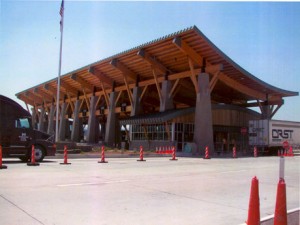 CDFA’s border inspection station at Truckee was recently featured as the lead story on a Reno TV newscast. Many northern Nevada residents regularly drive through the station, which is one of many safeguards in California to protect natural resources and a food supply that helps feed Nevadans: http://www.foxreno.com/s/news/11at11-archived-newscasts/
CDFA’s border inspection station at Truckee was recently featured as the lead story on a Reno TV newscast. Many northern Nevada residents regularly drive through the station, which is one of many safeguards in California to protect natural resources and a food supply that helps feed Nevadans: http://www.foxreno.com/s/news/11at11-archived-newscasts/


